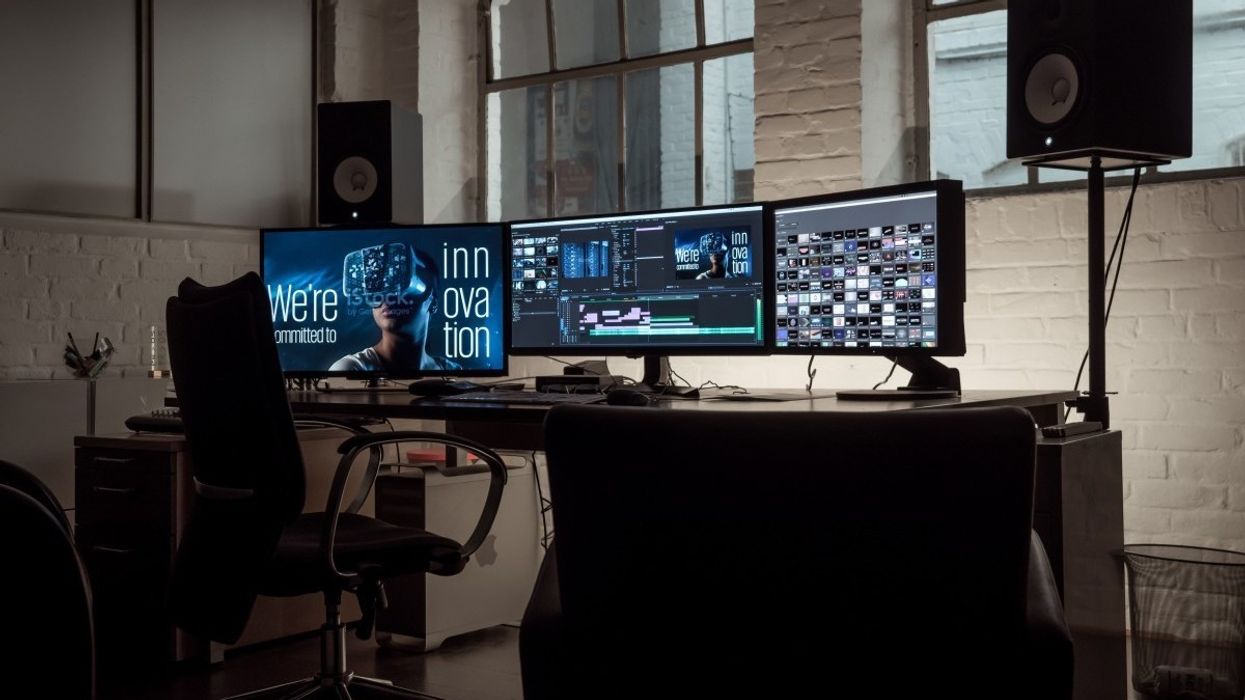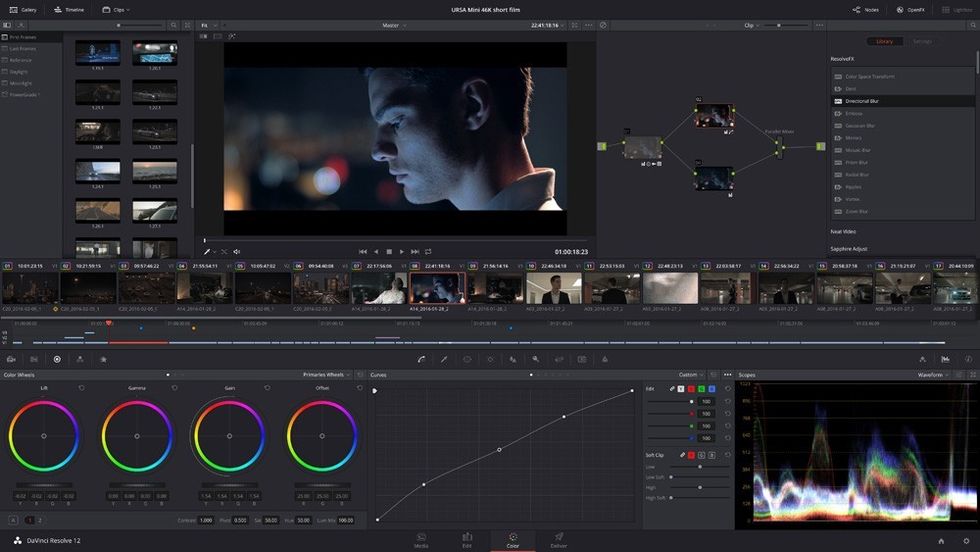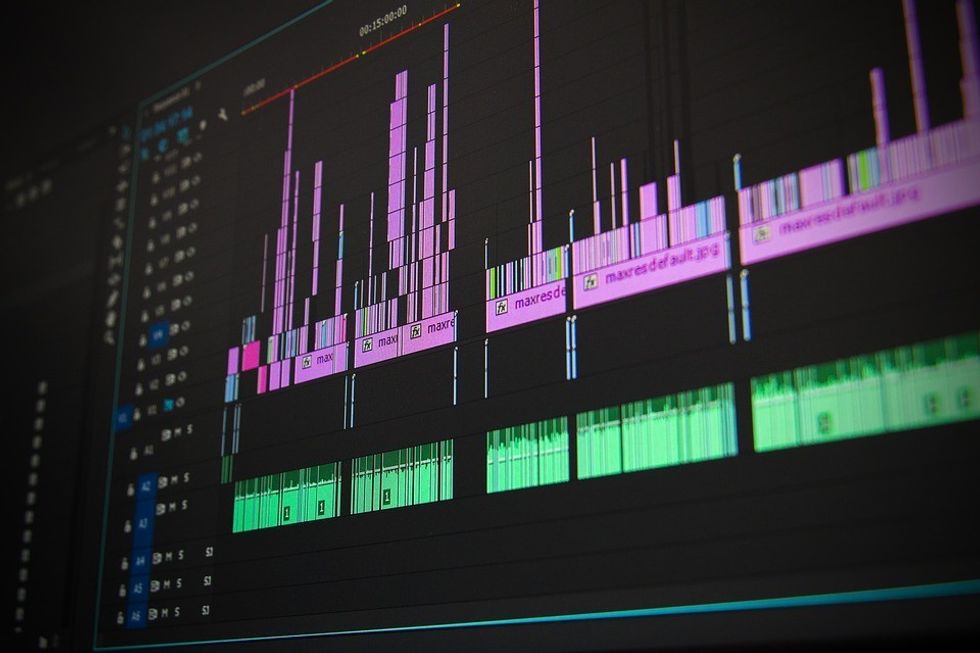3 Pillars of Editing: Cuts, Effects, and Motivation
It's not only important to know how to cut and apply effects but to also know why you should (or shouldn't).

There are only three kinds of cuts to make when editing. Obviously, there are derivatives of the three kinds of cuts, but for all of the flashy, flamboyant, and fun-filled films we watch with magnificent, magical, mind-blowing visuals, they all utilize the same baseline of three unbelievably simple kinds of edits.
The three basic cuts
Before you type your fingers into bloody nubs at the end of your palms in the comments section, I want to state that there are many ways to think of editing (sound, special effects, music, foley, offline, etc). Right now, I'm just talking about editing film and video clips.
So what are the big three?
- Straight cut: when the scene changes from one clip to another
- L cut: when the second clip's visuals start before its audio
- J cut: when the second clip's audio starts before its video
Go through literally any video in the world and look at how each clip in the video or film interacts with the following or previous one.
Everything else is an effect
You’ll see the fade in and fade out, which is an opacity effect added to either the front or back of a straight cut. You'll see the match cut, which is just a pre-planned straight cut that has matching or complimentary visuals on either side of it.
You'll see montages, which are just series’ of images quickly cut together with a vast amount of straight cuts, typically followed by a long-awaited J cut, bringing us back into the story. You'll see whip pans which, again, are just exceptionally well-timed straight cuts that utilize a match cut, paired with matched camera movement. One of thegreatest editing decisions in history, from the film Lawrence of Arabia, is a simple, uncomplicated straight cut, known as a jump cut, moving us to another point in time.
Filmmaking and editing tactics like foreground obstruction, masking, strobing, vignetting, and much, much more are all, in their simplest form, effects and, in their best form, are planned during the shoot to compliment the edit. Even things like fades, dips, and burns are effects that are added on top of a cut.
Check out this video by PremiumBeat's Rubidium Wu that goes through some of these effects:
Motivation (why to cut…or why not to cut, for that matter)
The decision to edit should always be motivated by the story. Once you see that there is only an incredibly small set of cuts available, it allows you, as an editor, to focus on story and motivation. Think, "Why do we need to see this cup in the frame? Is it significant?" If the answer is, "I don't know, it never gets referenced in the rest of the film," then, as the editor, you probably don't need to cut away to see the prop. But, if there was a level of significance to the prop, then you would cut away (using either a J cut or an L cut, most likely) for a good reason.
Many people say that editing is the final re-write and I am most assuredly a member of that camp. I do know that there are an innumerable amount of tactics, practices, techniques, shortcuts, setups, and tricks that I haven't learned yet, but I still do believe that all of them owe their humble existence to these three ideas: basic cuts, effects, and motivation.
What are some of your favorite editing techniques? Leave a comment and let us know!
Source: PremiumBeat














